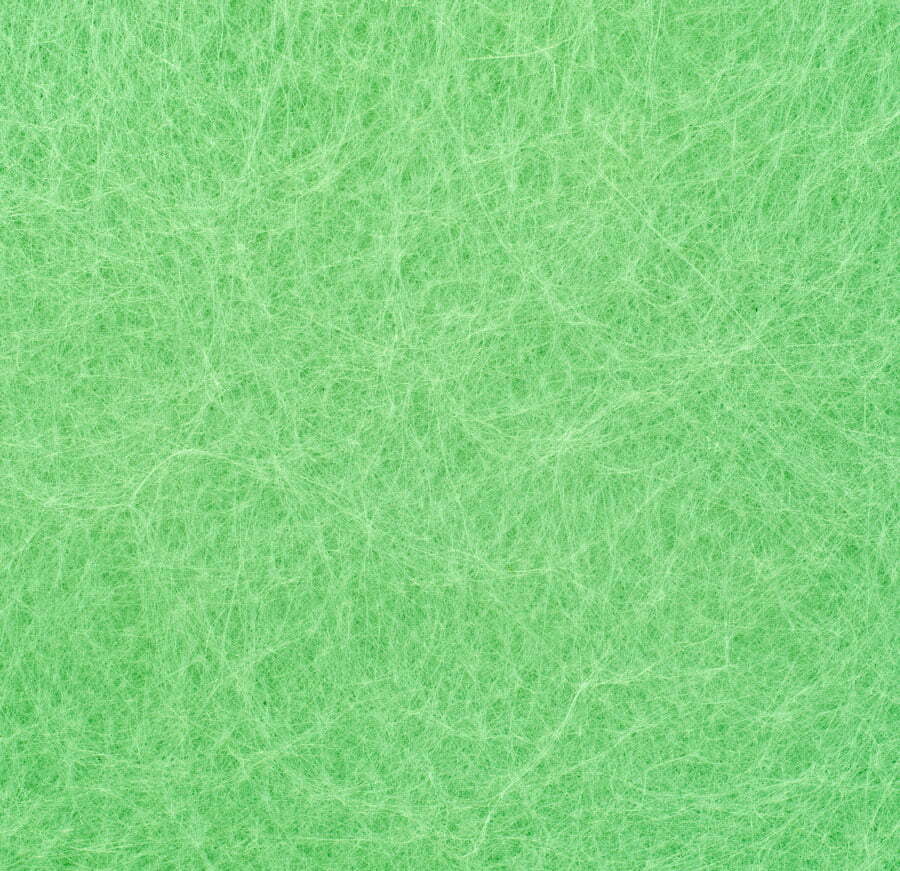Let’s face it, air filtration in an industrial setting can be daunting. Knowing which filters are required for a variety of applications in the same building can mean cumbersome research and expensive trial and error. Knowing that fiberglass filter media rolls are needed for paint, HEPA filters for ventilation, and carbon filters are for gases is just the beginning. Sizes, quantities and frequency of change outs becomes your next problem. Luckily Robinson’s Filter Solutions is here to help with this comprehensive guide to common industrial air filters.
What is an air filter? What makes one any better than another? Let’s venture out to explore those answers.
What Is an Air Filter?
An air filter is a device that allows air to pass through but stops certain air contaminants from travelling with it. These contaminants could be as large as human hair or measured in microns. The type of filter determines the various pollutants and sizes a filter can remove. Many types of filters exist, such as…
Fiberglass Filter Media Rolls
Fiberglass filter media rolls are composed of media fibers bound together tightly, creating an ever-increasing density to trap dust particles. They’re commonly used in the auto-painting industry, where landing dust could destroy a perfect finish. But they work anywhere you need a smooth painted finish, from gym equipment to consumer electronics.
This type of filter is so versatile that it can be cut into virtually any size and shape to work in various industrial settings. Fiberglass filter media rolls can remove 98% of particles from the air, so they’ll be more than sufficient for most industrial settings.
HEPA Filters
We all hear about this one a lot, but do you know what a HEPA filter is? It filters using polypropylene (plastic) or fiberglass pleats that remove 99.97% of particles from the air. Those particles can be as small as .3 microns (That’s tiny!) For reference, human hair has a diameter of around 80 microns.
Carbon Filters
Carbon (a.k.a. charcoal) can be combined with other filtering materials to attract certain gas particles that might otherwise slip through the filter. For example, it can reduce industrial fumes, cleaners, or gaseous manufacturing byproducts to the point that they’re not detectable–if present at all. When activated, the charcoal is highly porous, allowing it to trap some of the smallest particles in existence.
UV Filters
Other filtration materials can also be combined with UV to eradicate harmful pathogens. These filters often find themselves in hospitals and surgery centres where the risk of infection is high and dangerous to patients and staff.
Plastic filters
Plastics have the benefits of being washable, unlike other filters that you must replace when their service life has come to an end. Despite being plastic, this can be an eco-friendly option if you wash the filters rather than replace them. They can last for years.
How to Evaluate Air Filters?
You can’t learn everything about filters without understanding the MERV scale, or Minimum Efficiency Reporting Value. Filters undergo extensive testing and receive MERV ratings of 1 to 20. Everything from Fiberglass filter media rolls to a new brand of HEPA filter must complete the tests.
The higher the number, the more particles a filter removes. HEPA filters typically score around 17 or higher. But, it’s important to note, that the MERV score only measures solid particles, so, hypothetically, a carbon filter could be designed to remove foul odours and do it very well but get a lower rating because it doesn’t remove small solid particles. At the end of the day, it is important to have a cursory knowledge of the filters used in your particular industry, however, why not rely on the experts when it comes to having the best filter for the job? Please reach out to us today for all your industrial filtration needs.

